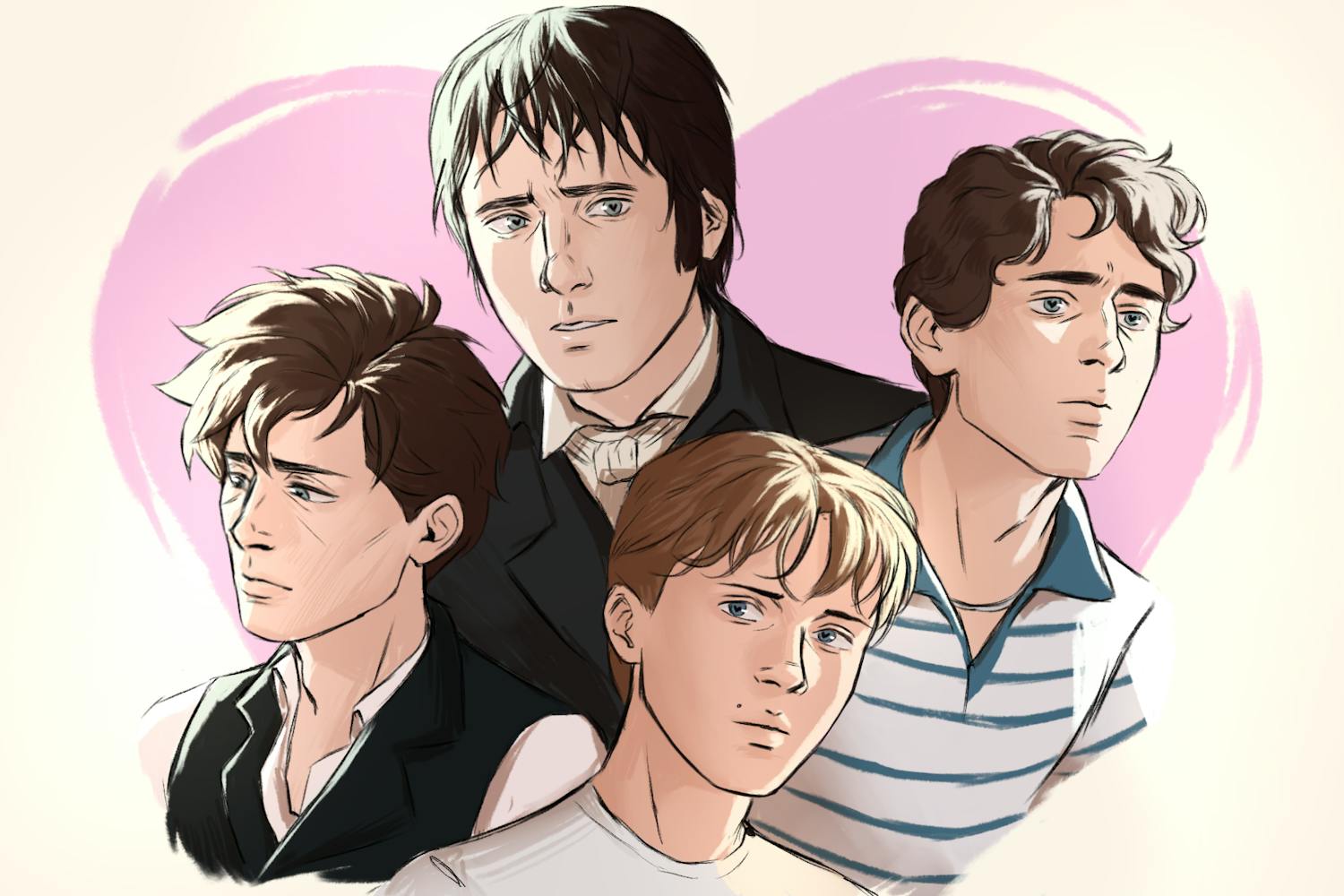Each week reporter Carson Abernethy drinks his way through great works of literature, reviewing books and the booze that inspired them.
"Watchmen" is a comic book series written by Alan Moore, with art done by Dave Gibbons and coloring done by John Higgins. It recounts an alternative history where superheroes emerged to help the U.S. win the Vietnam War. The story opens in 1985, with the U.S. and Russia facing the brink of nuclear war and superheroes outlawed, many now retired or working for the government.
To many, "Watchmen" is the definitive superhero story, and one of the times that comics, often touted as juvenile or facile, really ascended to the level of art. When this series was published in the late '80s, the comic medium was still growing before the love affair that Hollywood and movie goers have with it today, and it did much to really assert the importance of stories told in graphic form.
The White Russian is one of few vodka-based drinks that actually works. It's deceivingly light and sweet enough that drinkers and non-drinkers alike can tolerate it, yet potent enough that both will be under the table if they're not careful. "Watchmen" details both a time when vodka was blossoming in its unfortunate conquering of American spirits, and a drink inspired of course by its motherland, Russia, still locked in Cold War animosity.
Recipe
The proper way of making a White Russian is unclear, it seems a drink with endless variations on measurements. This author sticks to the solid trinitarian method: equal parts all.
1 1/2 oz vodka
1 1/2 oz Kahlua
1 1/2 oz milk (cream's the traditional, but a bit overkill)
Stir and pour over an ice filled old-fashioned glass. The Dude abides.
Prose: 3.5/5
Naturally it's hard to compare the prose of novel writers and comic writers; in the case of the latter, much more is being told through images, and things like color, shade, etc. Comics are a limiting form of storytelling in terms of prose. They are not often associated with the kind of writing being done in other mediums as they are limited by their form. But one of the really groundbreaking aspects of "Watchmen" is its use of prose. Moore adds a much deeper story through his use of prose without images. There are pages of prose that are excerpts from a character's autobiography, a psychiatric hospital document, a print interview of a character, even a story within in a story with "Tales of the Black Freighter," a fictional comic book within the story.
Characterization: 4.5/5
"Watchmen" is brimming with interesting characters. Dr. Manhattan, really the only true superhero in the story, is the only one with superhuman powers, but one who is much more Spock than Superman, more god than superhero — a man transformed to have a control over matter, but also one who has lost his connection and his concern for humanity. Rorschach stands in opposition in many ways to Dr. Manhattan; his white mask of shifting black ink mirrors both the Rorschach inkblot tests, and his own moral absolutism — that there is only black and white, no shades of gray. The main antagonist of the story (though not everyone might call him that) is Ozymandias, who commits numerous atrocities, but his reasons for committing his crimes are complex. By killing lots of people, he stops the killing of every person, via a nuclear war his actions prohibit.
Cohesiveness: 3.5/5
A lot of the comic's brilliance is in its structure. It's non-linear and includes a wealth of material besides just pictures and words. The theme of each chapter starting with a picture of a clock counting towards doomsday is a really great narrative technique, as is the inclusion of the now famous smiley face stained by blood in many of the scenes. But as it is a serialized comic series, it at times comes off as less cohesive than a non-serialized medium would.
Relevance: 3/5
While the anticipation of end times is one that has perhaps faded a bit from view, "Watchmen" is still relevant not just in its discussion of the anxieties of modern times, but also in our relationship to superheroes, comics and literature in general. While the genre of superhero stories now often borders on cliché, "Watchmen" is still a prime example of its strengths, and at times, its limitations.
Overall: 4/5
"Watchmen" is a great example of postmodern literature, reflecting how modernity has shaped how we see ourselves. It is a comic about superheroes that does more to tell us what it means to be human than to be a superhero, and thus shows us that watchmen are less superheroes and are more like each of us.
Related links:
Books & Booze: 'Of Mice and Men' by John Steinbeck
Books & Booze: 'Norwegian Wood' by Haruki Murakami
Reach the reporter at cabernet@asu.edu or follow @carson_ab on Twitter.
Like The State Press on Facebook and follow @statepress on Twitter.




